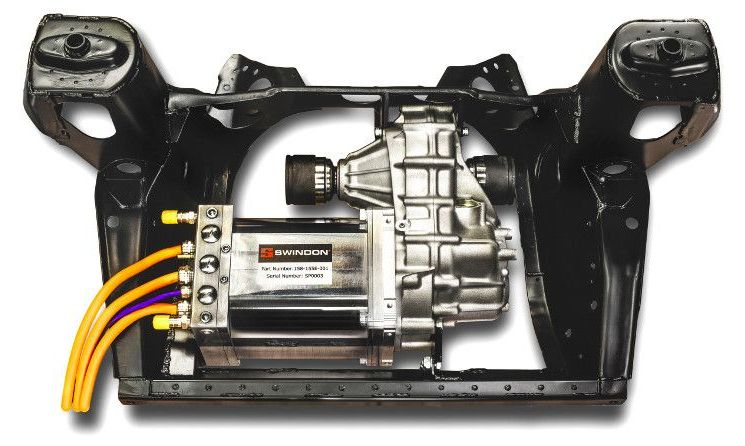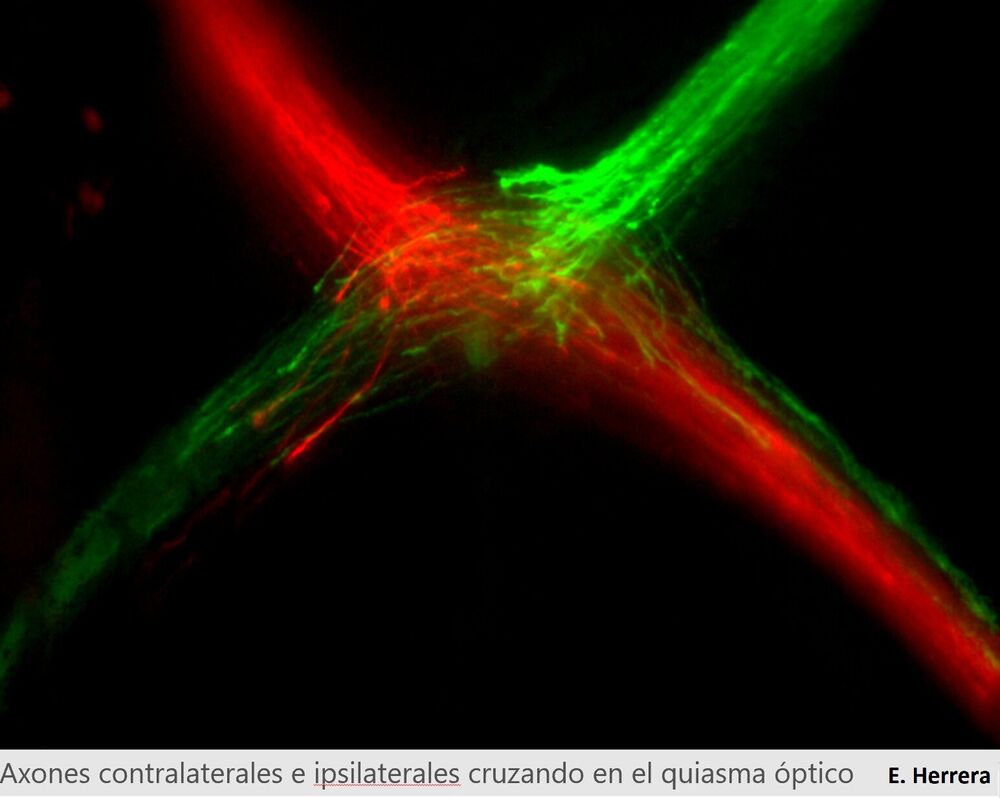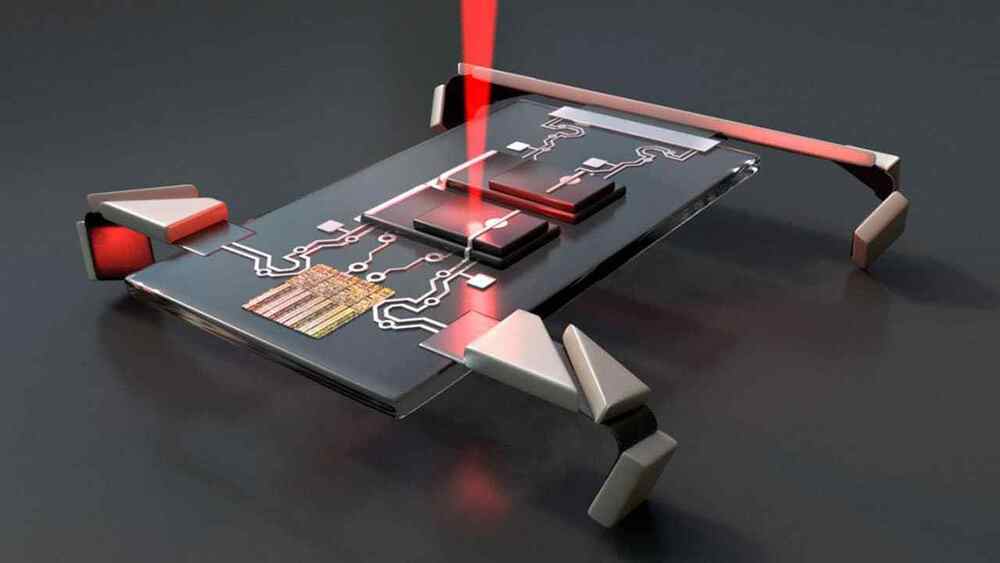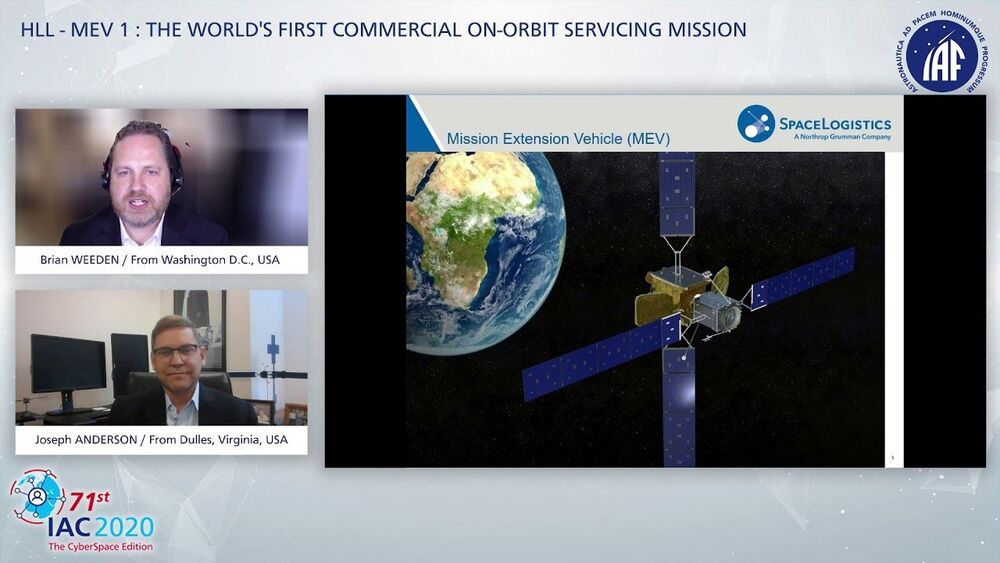Nov 15, 2020
NASA is Asking Students to Come up With a Lunar Dust Buster
Posted by Quinn Sena in category: space
“This competition gives students an unparalleled opportunity as members of the Artemis generation to help overcome the historically challenging technical obstacles of mitigating lunar dust,” Niki Werkheiser, NASA’s Game Changing Development program executive, said in a statement.
Since the Apollo missions, we’ve known that lunar dust is extremely clingy. Early NASA astronauts ended their spacewalks on the Moon covered in the stuff, likely caused by electrical charges built up by the moving around the lunar surface.
“The more time you spend there, the more you get covered from helmet to boots with lunar dust,” Buzz Aldrin was quoted in early NASA reports after completing the Apollo 11 mission in 1969. Aldrin also called lunar dust “one of our greatest inhibitors to a nominal operation on the Moon.”


















